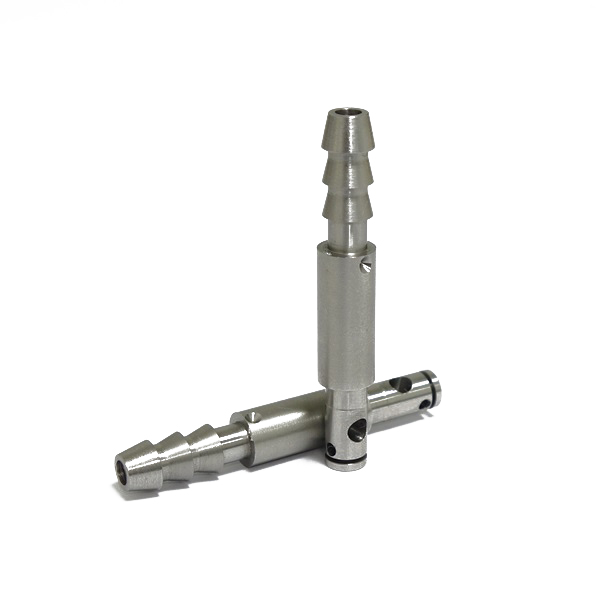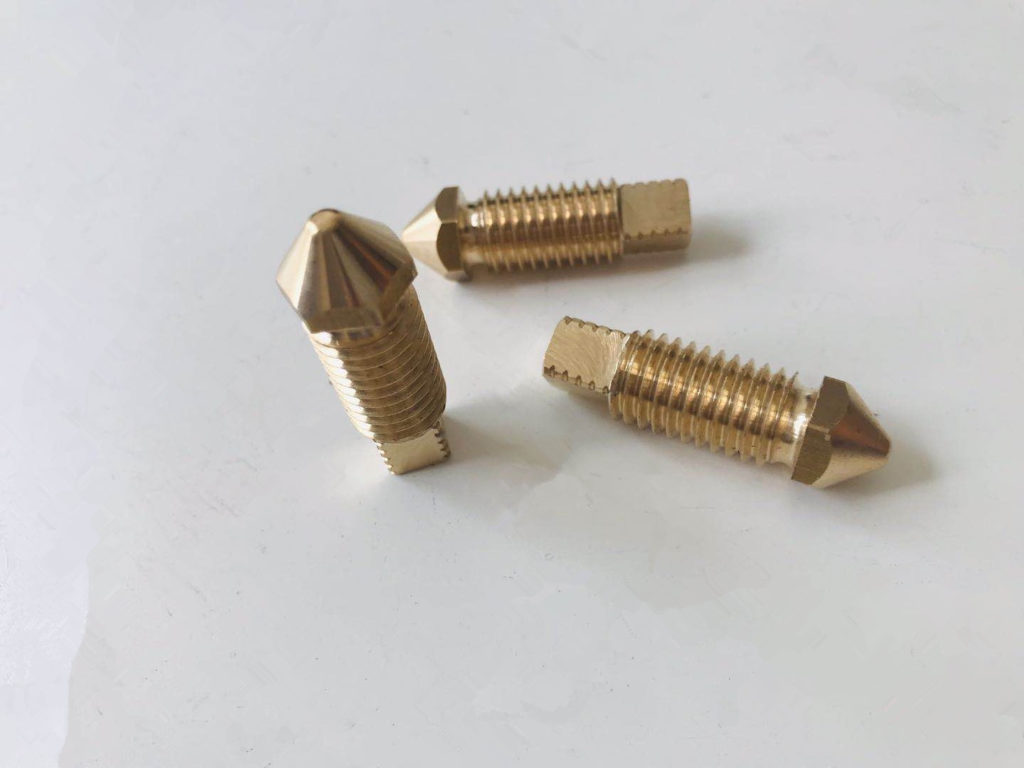We can describe machined parts as those that are produced by a set of techniques encompassed within machining. They are parts produced in detail, usually made to fulfill a specific function within a system.

Advantages of machining and materials
Depending on the purpose of each part, the machining process will be carried out by chip removal or abrasion operations, achieving the perfect molding of the product.
When selecting this or another process to manufacture your parts, you should take into account some of the main advantages of machining:
- Highly accurate
- Obtaining tight tolerances
- Suitable for most materials
- Optimum surface finish
- Low investment in setup costs
- Scalable volumes from 1 unit
- Production agility
Gestión de Compras has the necessary production means to carry out mechanized processes such as milling, drilling, turning, broaching, tapping, threading, grinding, etc. As well as bar turning and CNC parts. All our machined parts go through a quality department, checking that the requirements are met.
Most metals, whether ferrous or non-ferrous, can be used to produce machined parts. Although it is also possible to machine materials of different nature, such as polymers or some ceramics. But the materials most commonly used in these operations are carbon steels, copper, stainless steels and aluminum.
Parts made by machining processes are very important in industrial machinery and production applications, automotive, telecommunications and other electrical and electronic components. Some examples of products are: threaded rods, weights, bushings, shafts, screws, pins, nuts, rollers, pulleys, gears, plastic injection molds, cutting dies, forging dies, tools, sintering dies, etc.

Which process to choose for manufacturing machined parts
One of the main decisions regarding the manufacturing of your machined part is what type of process is best and what your project needs.
- Non-Cutting Machining: This is a series of forming processes through which the parts pass at least once in their manufacture. The most characteristic feature of this process is the saving of material, as no chips are wasted. The most important processes within this group are forming, drawing, pressing, threading and forging. An example of machining without chip removal could be the manufacture of tubes and profiles.
- Abrasive machining: In this case, excess material is removed from a workpiece through wear in small quantities and the material particles are removed. One of the main tools in this process is the grinding wheel, a very hard machine consisting of a disc that removes very small amounts of material by scratching its surface. This process achieves tolerances and surface finishes that other processes cannot achieve, but production time is longer.
- Machining with chip removal: a group of processes in which the material is cut or removed, generating a waste of material or chips. Several perfectly defined cutting edges and blades are used to manufacture the part according to its dimensions. Within this group, we can find the processes of sawing, filing, drilling, tapping, turning or milling. Depending on which process is used, the chip removal varies.
